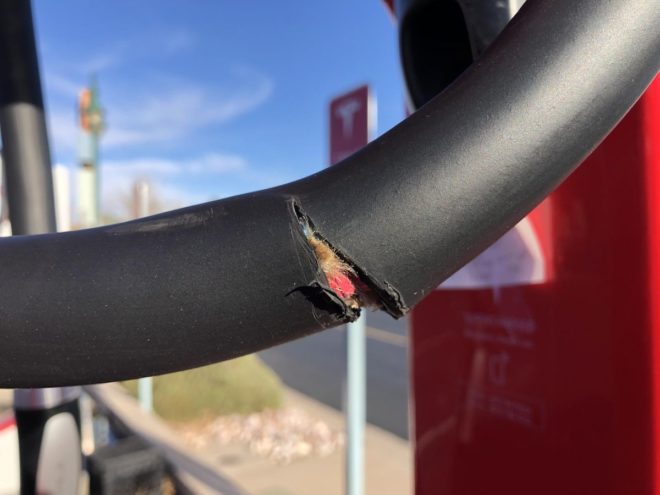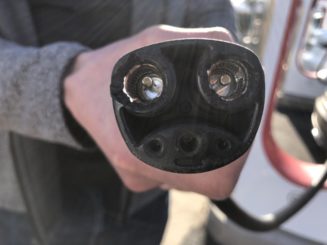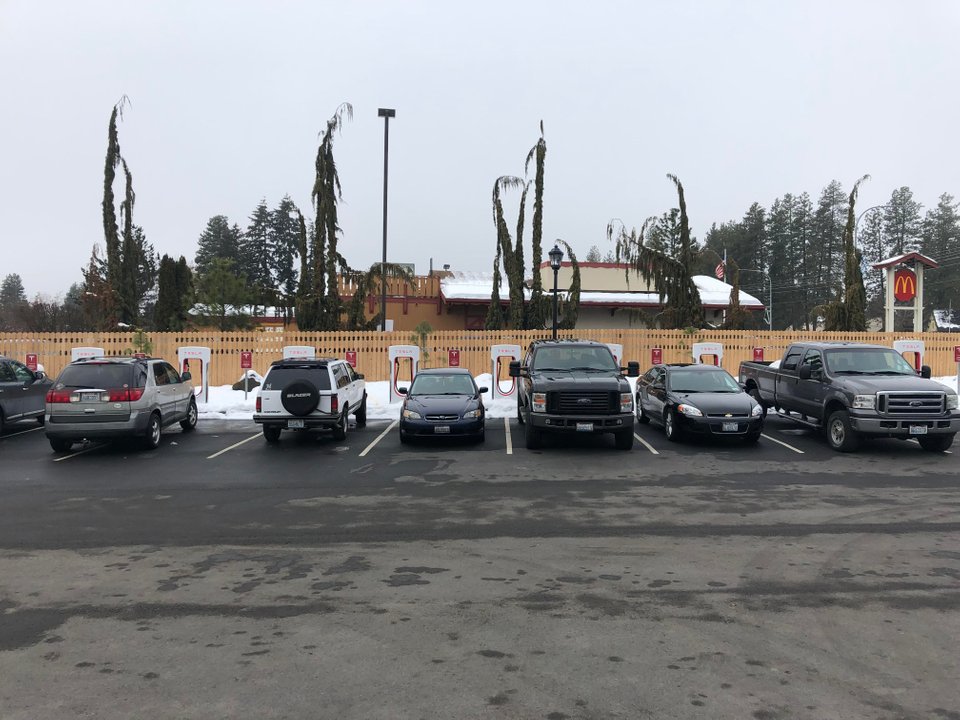Over the past few months, an increasing number of break-ins and thefts involving Tesla’s electric cars were reported in the California Bay Area. Due to their increasing number on the state’s roads, the Tesla Model 3 became a popular target for thieves, with perpetrators exploiting what appears to be a weak point in the electric car.
During the incidents, thieves would break the vehicles’ rear quarter window, allowing them to lower the back seats and survey the contents of the Model 3’s trunk. If anything in the trunk is deemed valuable, the full back passenger window could be broken to gain entry into the vehicle. Seemingly in response to these incidents, as well as reports involving Teslas being damaged while unattended, Elon Musk announced that the company would be introducing Sentry Mode, an upcoming security feature for the company’s electric cars.
As the Tesla community waits for the release of Sentry Mode, a Model 3 owner has shared a simple, clever way to possibly deter break-in attacks against the electric sedan. In a short video posted on YouTube, Tesla community member and DIY enthusiast Jon Osborne demonstrated how a simple 3D printed locking mechanism could prevent thieves from gaining access to the electric sedan’s trunk. Osborne shared two designs for his DIY rear seat lock — one that is simple and straightforward and another that features an extension.
Both of Jon’s DIY rear seat lock designs are free to download from Thingiverse. The materials for the project, including the 3D printer settings required for the rear seat lock, were also provided by the Model 3 owner. Overall, Osborne’s DIY design would serve the Tesla community well, at least until the electric car maker is able to provide a more complete solution to address the increasing number of break-ins against its vehicles.
Fortunately, Tesla’s Sentry Mode, an additional security feature is set to be rolled out within a few weeks to the company’s beta testers. In a recent set of tweets, Musk noted that Sentry Mode would trigger Johann Sebastian Bach’s Toccata and Fugue in D minor — a notable piece of classical music — to play when the vehicle detects a robbery taking place. Musk later noted that the piece’s metal version and Moonlight Sonata would occasionally play as well.
Tesla Sentry Mode will play Bach’s Toccata and Fugue during a robbery (and keep Summer safe)https://t.co/wnS5qLeB2E
— Elon Musk (@elonmusk) January 27, 2019
Based on the information provided by Elon Musk, it appears that Sentry Mode’s primary goal is to attract as much attention as possible once the vehicle detects a threat, such as someone attempting to break a window. Musk is yet to announce what systems would be tapped for the feature, though his tweets do suggest that Sentry Mode might indeed utilize video feeds from the vehicles’ suite of eight cameras.
Ultimately, Sentry Mode could very well be an extension of the built-in dashcam feature that Tesla introduced with the rollout of Software Version 9. The built-in dashcam feature, which was made possible after Tesla engineering rallied to roll out the function, was made available to the Model 3, as well as Model S and X equipped with updated Autopilot hardware.
Watch Jon Osborne’s DIY Model 3 rear seat locking mechanism in the video below.
[embedded content]







